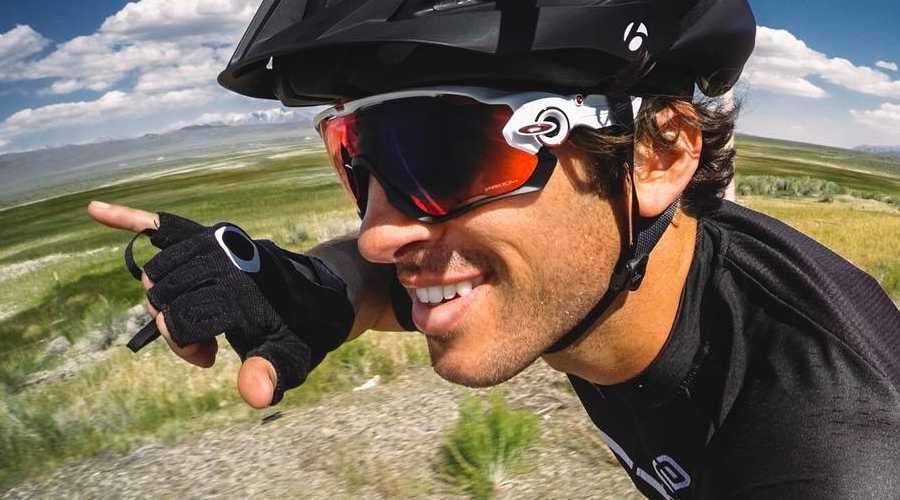By Thomas J. Ryan
No rose-colored glasses here. Oakley and Ray-Ban sales in North America sunk in the third quarter as the brands enforced stricter minimum advertised price (MAP) policies and parent company Luxottica Group (NYSE:LUX) realigned Oakley’s operations in the U.S.
The Italian company didn’t quantify the decline in each brand, but indicated that overall wholesale sales in North America tumbled 11.2 percent in the quarter to €265 million ($228.6 million). The segment also includes a number of licensed fashion brands such as Chanel and Dolce & Gabbana.
Luxottica CFO Stefano Grassi told analysts that the stricter MAP policy, enacted on July 1, “is impacting quite severely and is definitely stronger than we thought.”
The policy, featuring zero discounts and impacting all its proprietary and licensed eyewear brands, resulted in a decrease in sales to online retailers by more than 60 percent in the quarter, officials said. The change was made to clean up the company’s distribution channels and support full-price sales.
Since Oakley had a MAP in place since before Luxottica bought the brand in 2007, the change appears to be particularly impacting its largest brand, Ray-Ban.
Luxottica officials noted that on the positive side, the average discount on Ray-Ban products was down 6 percent at the end of September versus down 37 percent as of April 2016. The number of listings below MAP policy on Amazon was down 90 percent over the same period. Grassi said that “tangible progress” was made toward a cleaner U.S. market.
A second factor impacting North America wholesale segment sales was the company’s July move to integrate Oakley’s wholesale and retail channels into the rest of the group’s operations.
Under the change, Oakley’s product design, research and development remain based at its Foothill Ranch, CA headquarters. Oakley’s wholesale sports division will report to Luxottica’s New York headquarters and Oakley’s retail division to Luxottica’s Ohio offices. Oakley also is narrowing its assortment of apparel, footwear and accessories.
To a lesser degree, Oakley’s performance in the period was impacted by ongoing weakness in the sporting goods channel.
“What we struggled with through the summer was the sports channel in North America specifically,” said Massimo Vian, Luxottica’s CEO of product & operations, on the call. “You know Sports Authority went the way we knew, and I would say that, overall, that channel has proven to be not as productive as we thought it might be in conjunction with the Olympic Games.”
Luxottica’s overall sales in North America declined 0.3 percent to €1.36 billion ($1.48 billion). Retail sales were up 2.4 percent to €1.09 billion ($1.19 billion), led by its Sunglass Hut business.
Global sales in the quarter grew 3.5 percent to €2.16 billion ($2.35 billion). Stronger gains came in Europe, up 8.3 percent, and Latin America, ahead 6.8 percent. Sales in the Asia Pacific region eased 0.2 percent.
Looking ahead, the company reiterated that it expects growth of 2 to 3 percent in sales on a currency-neutral basis for 2016, with a similar gain in adjusted earnings. Luxottica officials also predicted that sales would accelerate in 2017, rising in a mid-single-digit percentage. Luxottica cut its 2016 outlook in July, saying it was becoming more cautious on the second half.
Photo courtesy Oakley
















